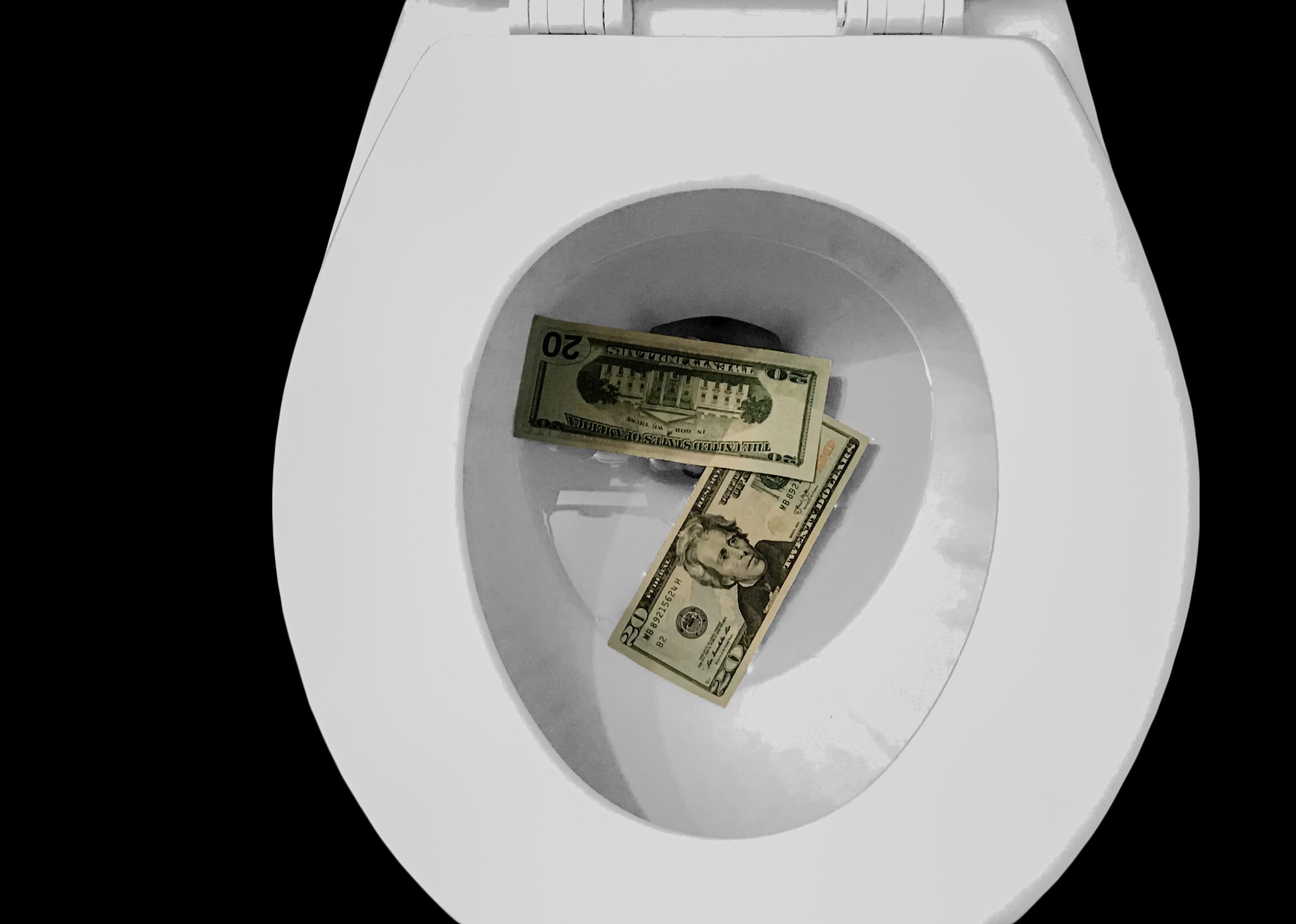Whether your home is worth $250,000 or over a million dollars, it’s arguably your most valuable possession. That’s why you consistently do your best to maintain it properly. Unfortunately, no matter how careful you are, disasters like floods, overflow and sewer backups can happen. Let’s take a look at the types of water damage and flood insurance provisions.
The Hazards of Water or Sewer Backup Damage
Water damage wreaks havoc on your property. When not addressed correctly, you may face the growth of black mold, which in turn can cause health problems. Sewer backup is even more unpleasant. In addition to causing property damage, sewage contains bacteria and viruses that can cause a host of unpleasant diseases. This includes e-coli, encephalitis, giardiasis, hepatitis A and even typhoid.
Three Types of Water Damage
There are three different types of water damage for insurance purposes:
- Flood water damage: In insurance terms, a flood occurs when a body of water that’s outside your home overflows to the point that the water enters your home. In general, one of the best ways to determine whether or not you have a flood claim is to see if any other homes besides yours are impacted. If so, you may have a flood insurance claim. However, this type of flood usually isn’t covered by homeowner’s insurance, as the California Department of Insurance advises. Flood insurance is available for homeowners in National Flood Insurance Properties through state-licensed agents or through private insurance companies who use a program called Write Your Own — or WYO.
- Overflow and discharge water damage: According to The Balance, overflow occurs when water flows over or escapes from pipes, appliances or water outlets in your home. Think of your dishwasher or bathtub overflowing. Similarly, when water leaks from appliances or plumbing and subsequently floods your home, it’s known as discharge. An example would be when a pipe bursts.
- Sewer backup: The Insurance Information Institute — or III — reports that most of our country’s sewer lines are more than thirty years old. As a result, the number of backed-up sewers is currently rising by approximately three percent each year. It’s important to note that a sewer backup can happen in your home — for example, a backed-up toilet in the bathroom — as well as anywhere in the sewer lateral. This is the pipe that runs between your home’s sewer system and the city sewer main. The main is usually located beneath the street.
Home and Flood Insurance Los Angeles
Since the costs of repairing damages due to water overflow and sewer backup can run into the tens of thousands of dollars, check your homeowner’s policy to see if you’re covered. Most policies cover damages due to discharge and overflow, as well as the breaking of a hot water system. However, damages resulting from a sewer backup usually aren’t covered. That means you’ll need to purchase an additional endorsement on your policy. Contact our offices today to learn more and to purchase a sewer backup endorsement.




